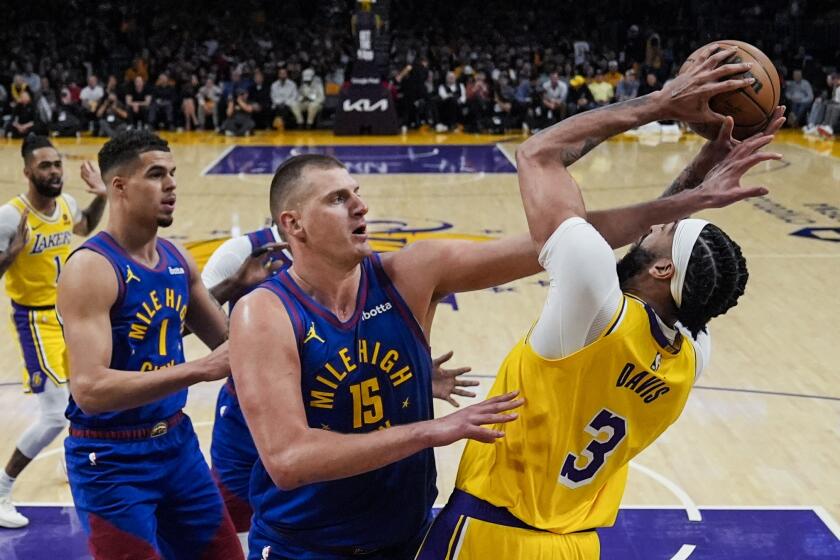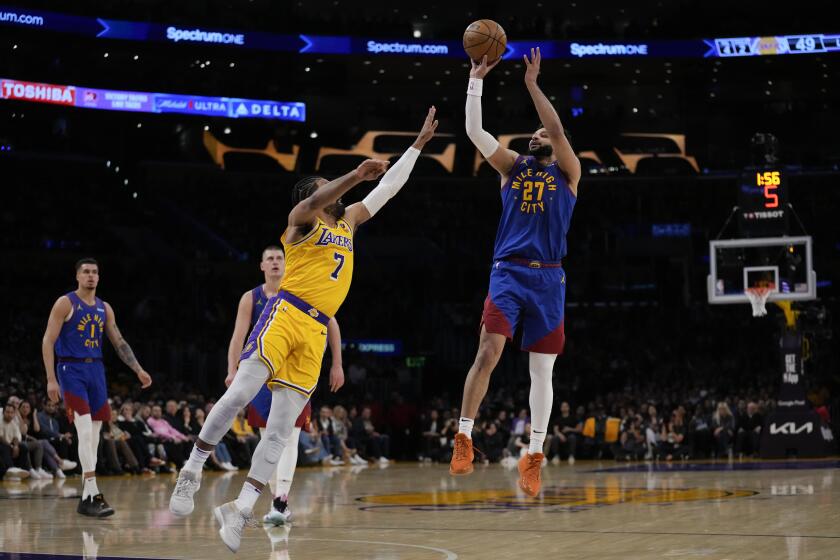US aid for Venezuela reaches Colombia; contact group to send envoys
The first shipment of humanitarian aid intended for Venezuela arrived Thursday in the Colombian border city of Cucuta, the US Embassy in Bogota said on Twitter.
The Twitter post was accompanied by photographs of people unloading containers of food and medication from the US Agency for International Development (USAID) at a warehouse in Cucuta.
“The first trucks of USAID humanitarian aid are in Colombia as the US positions assistance articles destined for Venezuela at the request of the interim president, Juan Guaido. We are working to deliver it as soon as possible,” the embassy said.
Guaido, the speaker of the opposition-controlled National Assembly, proclaimed himself acting head of state on Jan. 23, denouncing incumbent President Nicolas Maduro as illegitimate.
Cucuta, the capital of Norte de Santander province, is the largest Colombian city on the border with Venezuela.
EFE saw two large trucks and seven smaller ones roll into Cucuta shortly before 3 pm, accompanied by a large contingent of Colombian police.
On Wednesday, the Venezuelan military erected metal fences across the middle on the Tienditas international bridge, the most important of the three linking Cucuta to Venezuela, clearly intending to block the entry of humanitarian aid.
The Maduro government, which denounces Guaido’s claim to the presidency as an attempted coup engineered by Washington, says it will not allow the shipment to enter Venezuela and US and Colombian officials have not disclosed how they plan to get the aid into the neighboring country.
Meanwhile, in Montevideo, the International Contact Group on Venezuela, comprised of more than a dozen European and Latin American nations, agreed to send a mission to reach out to the parties in the oil-rich Andean nation, where it acknowledged that the humanitarian crisis is “worsening.”
In a declaration signed by nearly all of the participating countries, the group said it will continue working to “establish the necessary guarantees for a credible election process in the shortest possible time” and to ensure “the urgent delivery of assistance in accord with the international principles of humanitarian aid.”
The group agreed to “send a technical mission” to Venezuela to seek talks with both the Maduro government and Guaido.
In addition, they will hold another ministerial meeting in early March to analyze the development of the process.
The statement was signed by the European Union , Uruguay, Costa Rica, Ecuador, Spain, Italy, Portugal, The Netherlands, Sweden, Germany, France and the United Kingdom.
Mexico and Bolivia, who participated in the meeting, did not sign the final declaration.
At the start of the conference, the EU foreign policy chief, Italy’s Federica Mogherini, warned that the situation in Venezuela endanger not only Latin America, but the entire world.
“The task that concerns us is urgent and this urgency comes from the worsening of the situation that runs the risk of destabilizing the region, and not only the region,” she said.
What appeared to be a carefully calibrated policy to oust Maduro was actually a big gamble by a small group of opposition leaders acting on a hastily assembled plan, according to a Dow Jones Newswires report on Thursday.
The strategy marked a coup of sorts: this one within the country’s notoriously fractious opposition, which had been locked in debate over whether to negotiate with Maduro or take more direct action.
When Guaidó declared himself Venezuela’s interim president, some leading opposition figures had no idea he would do so, say people who work with him and other top leaders. That included a few standing alongside him. A stern look of shock crossed their faces. Some quietly left the stage.
“What the hell is going on?” one member of a group of politicians wrote to the others in a WhatsApp group chat. “How come we didn’t know about this.”
The plan was largely devised by a group of four opposition leaders, two in exile, one under house arrest and one barred from leaving the country. It came together only in recent weeks, as Maduro prepared to start a second six-year term on Jan. 10.
The act of political skullduggery paid off. The crowd reacted ecstatically to Guaido and one nation after another recognized him within hours.
The strategy has dramatically altered Venezuela’s political landscape, empowering a faction led by Guaidó’s Popular Will party that has long lobbied for more direct confrontation with the Maduro regime.
Amid the worsening crisis, public art in the Venezuelan capital has started to vanish from squares, streets and even the subway in a growing trend of public art looting, as reported by an NGO tracking the events.
The Institutional Assets and Monuments (IAM) group has reported a sharp increase in the theft of public artworks including 40 busts, 31 statues and 6,732 tombstones.
Perhaps the most paradoxical pillage is the one relating to a flat frieze titled “El Kaleidoscopio” by artist Beatriz Blanco, made in 1987, and installed at the Chacaíto subway stop in Caracas.
The piece forms part of the “Presencia en el Sendero” (Presence along the Pathway) series featuring life-sized bronze silhouettes of human bodies reaching out from beyond the frame of the artwork.
It is precisely the location of one of these figures that has puzzled authorities since a fragment of Blanco’s artwork went missing in November 2017.
What started as rogue theft quickly descended into a seemingly random pillage of artwork in Caracas propped up by the illegal trafficking of bronze.
It seems no one and nothing is immune to the widespread looting which extends beyond the Venezuelan capital, with several representations of Simon Bolivar - the founding father of the Republican states of Bolivia and Great Colombia - going missing.



